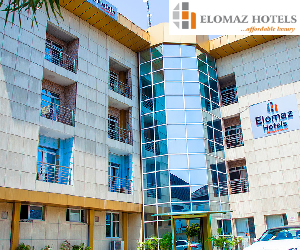Nigeria’s troubled currency crisis has deepened further as the naira has been ranked the ninth weakest currency in Africa, according to the latest Forbes currency calculator report for September 2025. The revelation comes at a time when the Federal Government continues to insist that inflation is easing and the economy is on a path to recovery.
The Forbes tracker, which relies on real-time foreign exchange data from the Open Exchange Rates API, updates every five minutes to capture live trading values. It reflects the combined impact of demand and supply, market speculation, and broader macroeconomic trends on the strength of African currencies.
According to the report, the São Tomé and Príncipe Dobra emerged as Africa’s weakest currency, trading at 22,282 per dollar, followed by the Sierra Leonean Leone at 20,970, the Guinean Franc at 8,680, the Ugandan Shilling at 3,503, and the Burundian Franc at 2,968. Others on the list include the Congolese Franc at 2,811, the Tanzanian Shilling at 2,465, the Malawian Kwacha at 1,737, and the Nigerian Naira at ₦1,490 to a dollar. Rounding off the ten weakest was the Rwandan Franc at 1,448 to a dollar.
Read also:
- Naira appreciates to ₦1,487.89 per Dollar at official market amid CBN reforms
- CBN warns against Naira abuse, says national symbols must be respected, protected
- Naira strengthens against Dollar as exchange rates improve in both official, parallel markets
By contrast, Africa’s strongest currencies were listed as the Tunisian Dinar at 2.90 to a dollar, the Libyan Dinar at 5.40, the Moroccan Dirham at 9.91, the Ghanaian Cedi at 12.31, and the Botswanan Pula at 14.15.
Nigeria’s placement on the list has once again raised questions about the government’s economic statistics, with critics arguing that official claims of stability are at odds with the reality of a volatile exchange market. The revelation is also a stark reminder of how currency depreciation continues to erode purchasing power, increase the cost of imports, and heighten the financial struggles of ordinary Nigerians.
With 54 recognized countries across the African continent, the naira’s fall into the bottom ten currencies underscores the scale of Nigeria’s economic challenges and adds fresh urgency to calls for structural reforms, investment in production, and a coherent foreign exchange policy.





